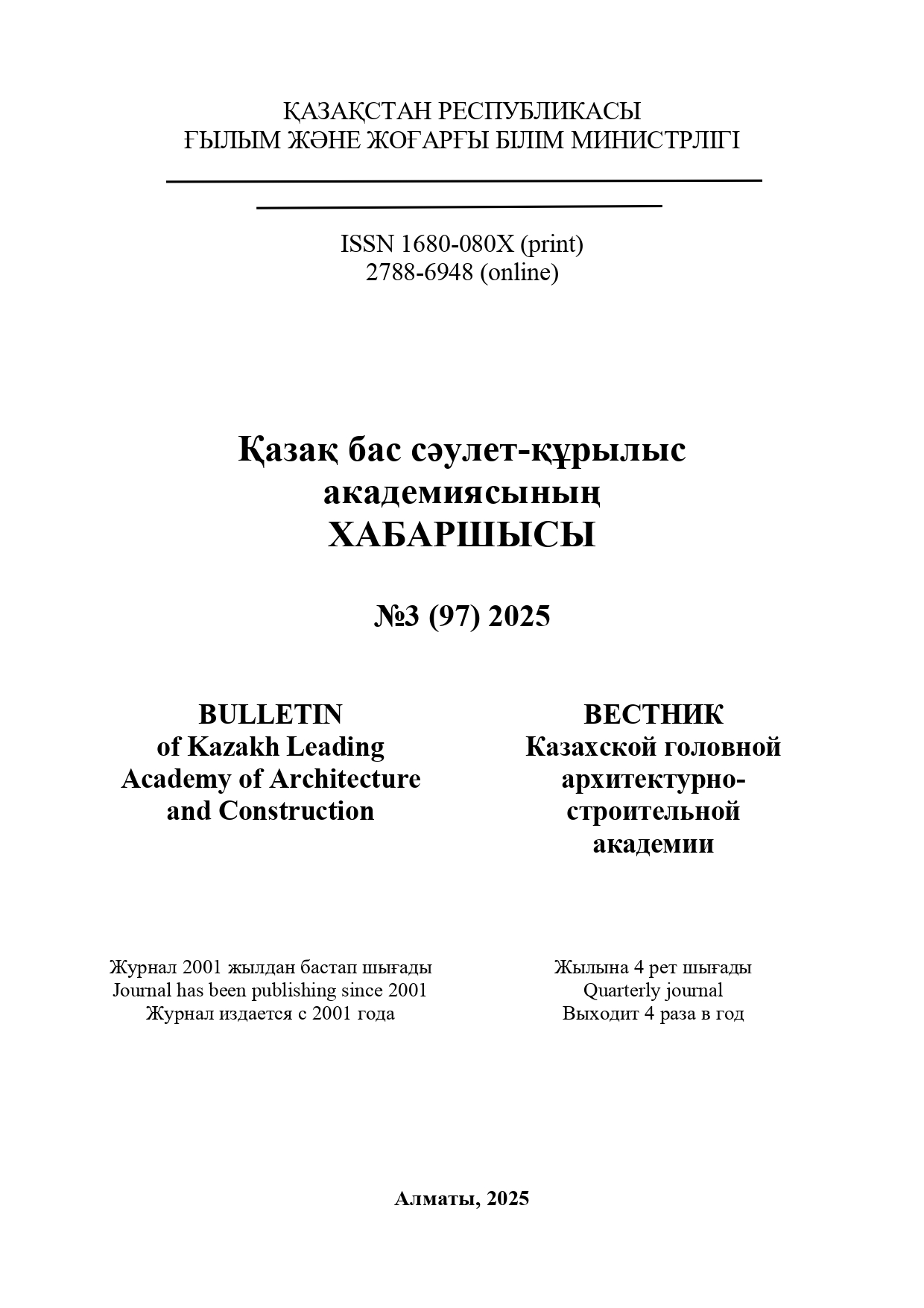Abstract
This study investigates the influence of annealing at 1000 °C for 1 h in argon and air atmospheres on the microstructure and properties of porous SiO₂–SiC ceramics containing 0–35 wt% nano-SiC. The porosity increased slightly with the addition of nano-SiC, from 75.2 % to 76.0 % for samples annealed in argon, and from 64.8 % to 67.5 % for those treated in air. The higher porosity in the air-annealed specimens is attributed to partial oxidation of SiC, which produces gaseous by-products that promote pore formation. Thermal conductivity decreased from 0.152 to 0.122 W m⁻¹ K⁻¹ in the argon series and from 0.058 to 0.045 W m⁻¹ K⁻¹ in the air series, owing to enhanced phonon scattering by pores and oxidation-derived SiO₂ layers. Compressive strength showed the opposite trend, declining from 24.8 to 14.1 MPa in argon and from 10.6 to 4.0 MPa in air as SiC content increased. These results demonstrate that annealing atmosphere strongly affects pore evolution, oxidation behavior, and interfacial bonding, thus controlling the balance between thermal insulation and mechanical stability in porous SiO₂–SiC ceramics.


